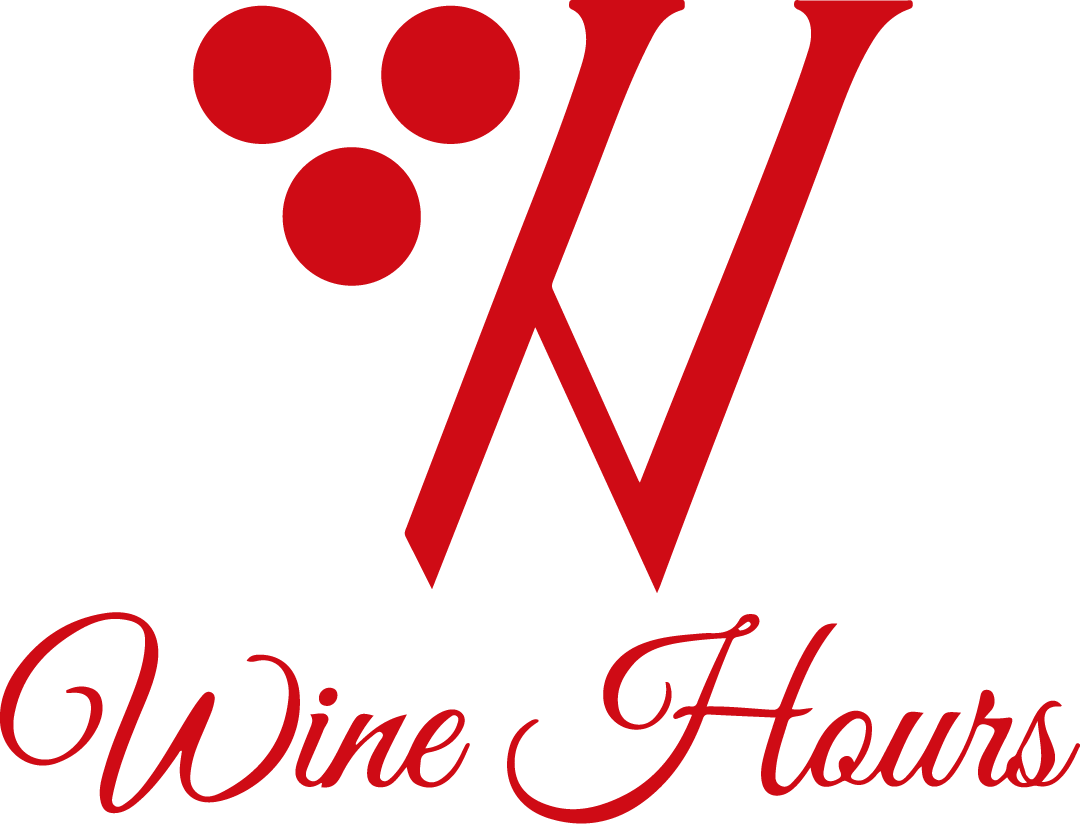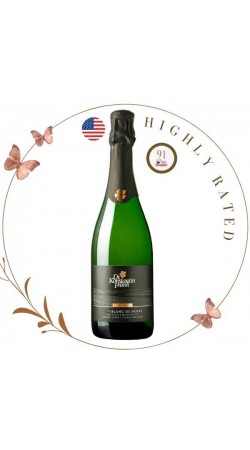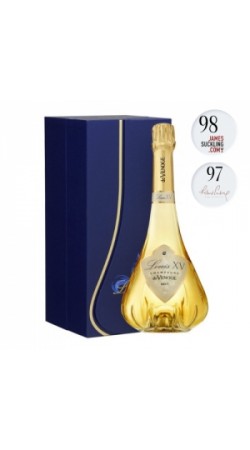
Wine snobbery can manifest in various ways, from using excessive industry jargon in conversations to relying too much on a decanter. You may have encountered a snob who interrupts a sommelier repeatedly at a restaurant or a guest at a winery who feels the need to explain every aspect of the
wine condencensely
While genuine enthusiasm, curiosity, and wine knowledge are encouraged, wine snobs often shift the focus to themselves.
If you're concerned that you might be coming across as a snob, here are eight red flags to recognize and avoid.
Red flag #1: You posture with insider questions.
Asking the sommelier during a pairing dinner, “What’s the malo on this wine?” or inquiring about grapes’ Brix levels may come from a place of true curiosity—or from a need to prove you’re in the know. Authentic, enthusiastic questions are great; just know your audience and adjust accordingly.
Red flag #2: You scoff at the price tag without factoring in the work behind it.
Declaring that a wine is overrated based on its price alone is gauche at best and ignorant at worst. Many factors go into price setting, including yields, total production and the cost of oak barrels. Small, independent producers often face other costs due to economies of scale—which for many wine professionals is all the more reason to support them.
Red flag #3: You order the most expensive wine on the menu because it’s “the best."
Equally snobbish is thinking a high price tag is the ultimate indicator of quality. By all means, order a pricey bottle if you’re familiar with the producer or region and think it’s worth the cost. But don’t go on price alone.
“Generally, when people are wine snobs … the experience is more about the perceived prestige of the wine and not the actual quality level,” Crossan believes. “Just because it’s a very famous label doesn’t necessarily mean that it’s better—a little bit of curiosity can go a long way when trying to broaden your wine experience and enjoyment.”
You May Also Like: This Year’s Most Amazing Wines Under $20
Red flag #4: You question the sommelier’s (or your host’s) pairing strategy.
“I had a guest tell me that because I didn’t have any [Trockenbeerenausles] Rieslings on the list, I didn’t understand how to accurately pair foie gras,” McCrimmon recalls. We all have opinions about food and wine pairings, but in a restaurant setting, it’s the wine staff that collaborates with the chef—not you.
Red flag #5: You correct the winemaker, sommelier or tasting room manager.
We all make mistakes. Maybe a winemaker misspoke about the ratios in one of their blends, or the sommelier inadvertently mixed up Left Bank and Right Bank Bordeaux. Calling them out on their errors, especially in front of other guests, is boorish.
Red flag #6: You sniff the cork and then proceed to judge the wine.
While sniffing the cork can tell you various details about a bottle of wine, using it as the end-all-be-all indicator of quality is arbitrary. After all, the cork may smell a little musty, but the wine could be stellar. On the flip side, the cork may smell fine, but the wine could be flawed. Think of the presentation of the cork in a restaurant as simply a ritual, not an invitation to grade what’s just been opened. The only way to really tell a wine’s quality is to swirl, sniff and sip.
You May Also Like: Should You Smell the Cork When Opening Wine?
Red flag #7: You send back the bottle just because you don’t like it.
Selecting a bottle without knowing anything about the producer, grape or region can admittedly be risky. But ordering wine isn’t like selecting ice cream at a parlor—there are no unlimited free samples.
Remember to stay curious and consult with the sommelier to find a good match—or stick to bottles that are also available by the glass to try before you buy.
Red flag #8: You needlessly name-drop.
You may find common ground with a sommelier and excitedly share your respective oenophile adventures. But jumping in with unsolicited stories can come across as one-upmanship. Micu believes the line between being informative and snobby is pretty clear. Read the room and don’t interrupt or detail.
“I’ve seen this over many years in the industry—it comes with the territory,” he says. “Ultimately, snobs are probably an indication that your industry is healthy. People are going to people.”
Source: Wine Enthusiast







